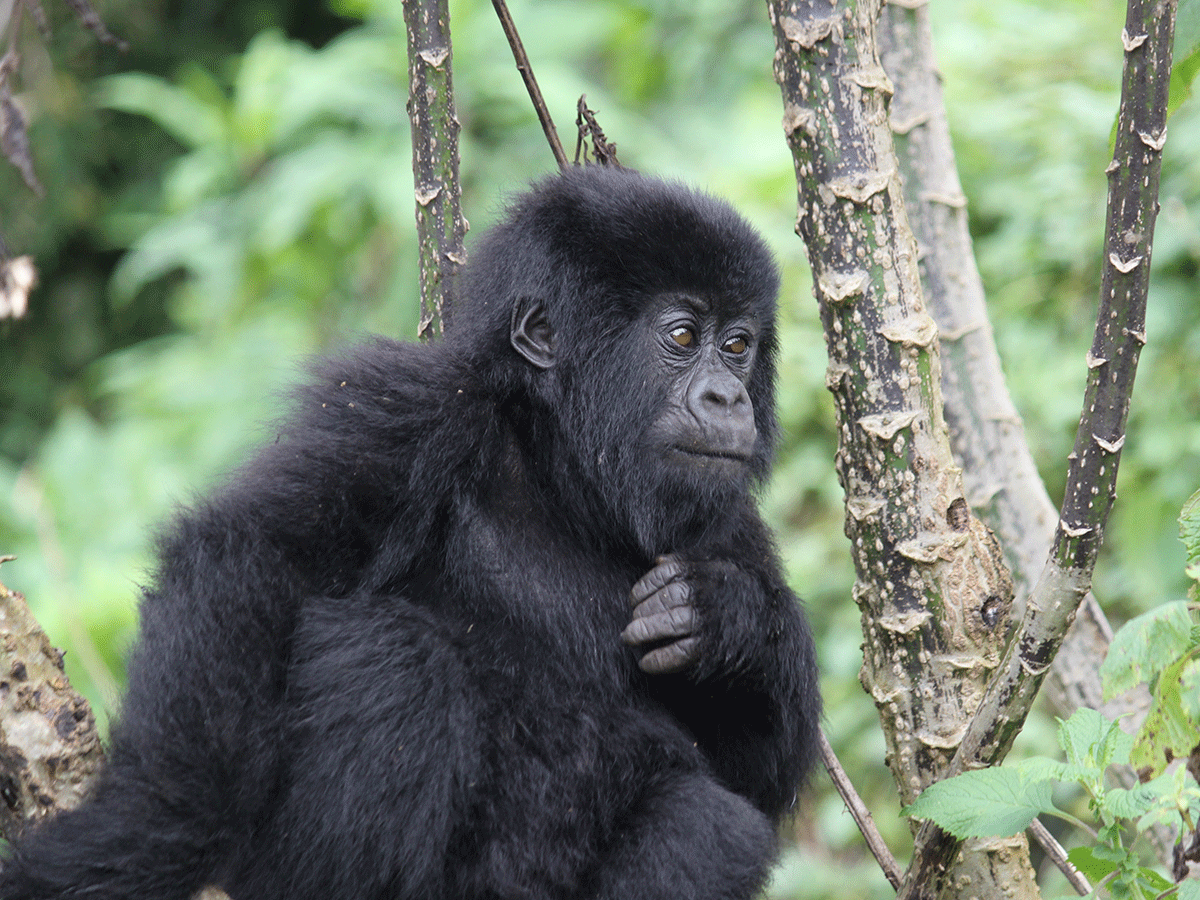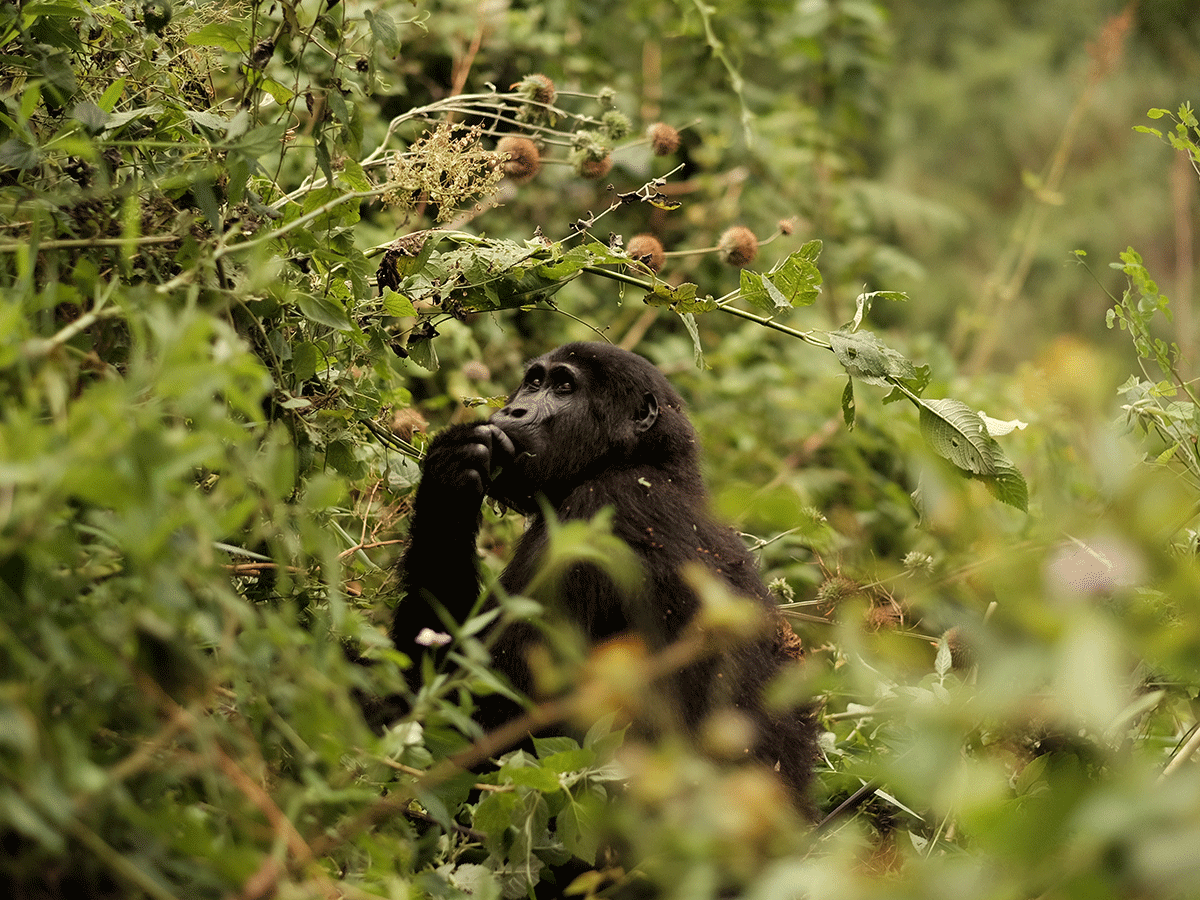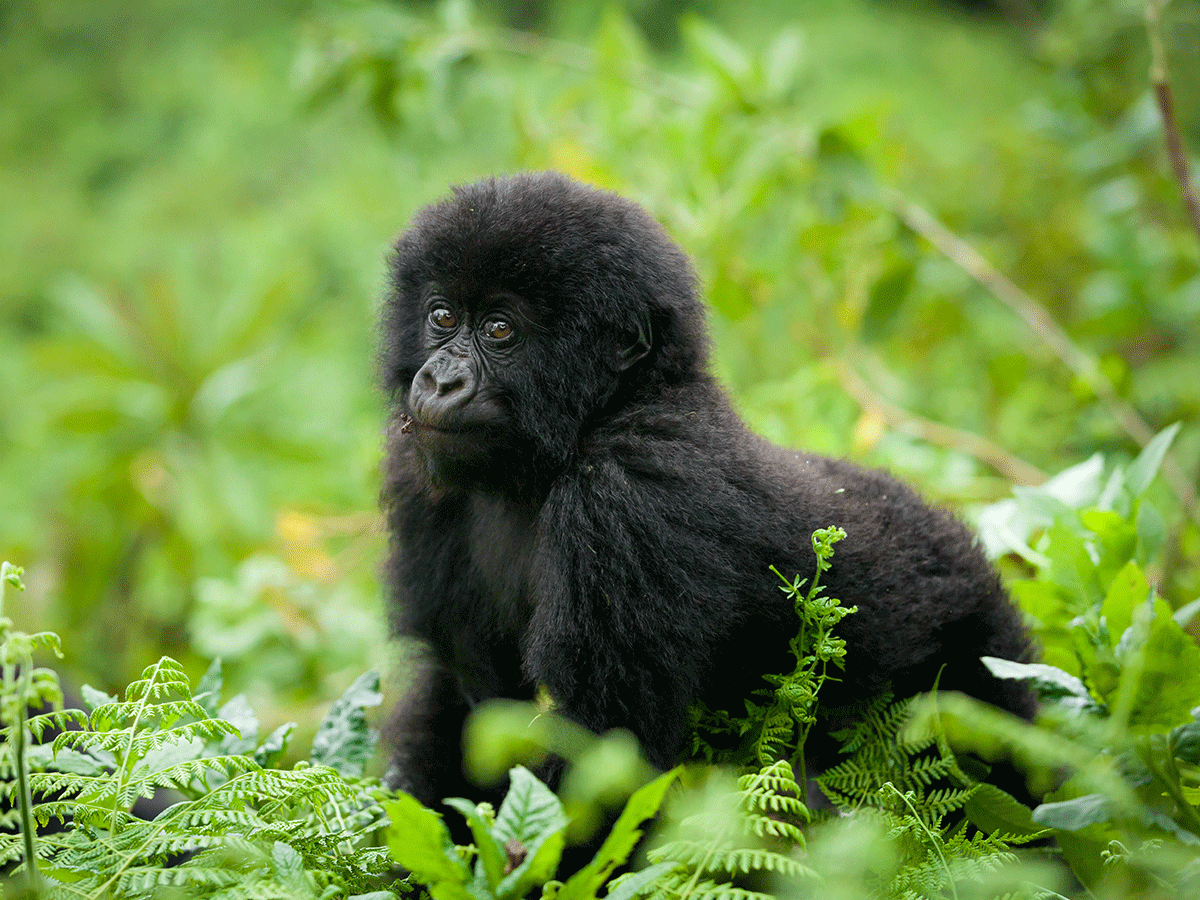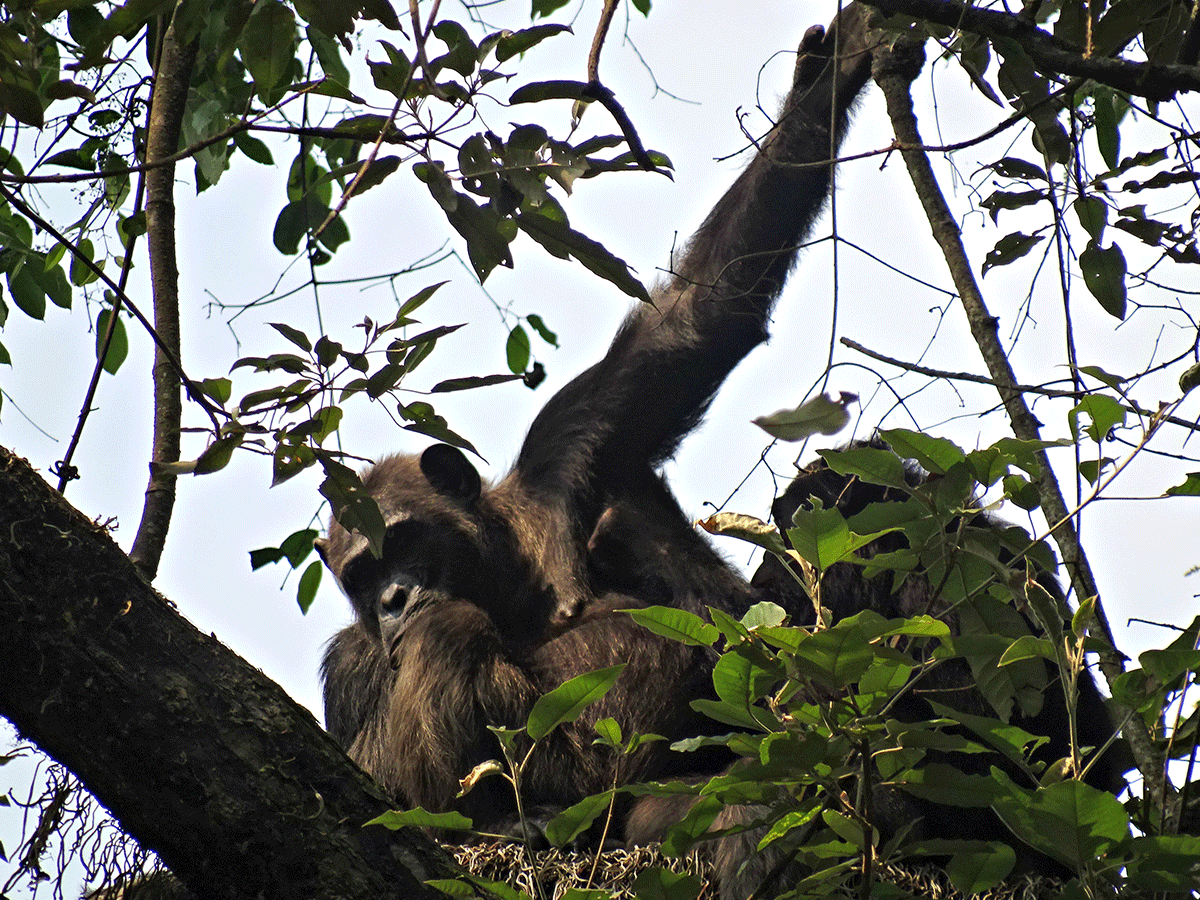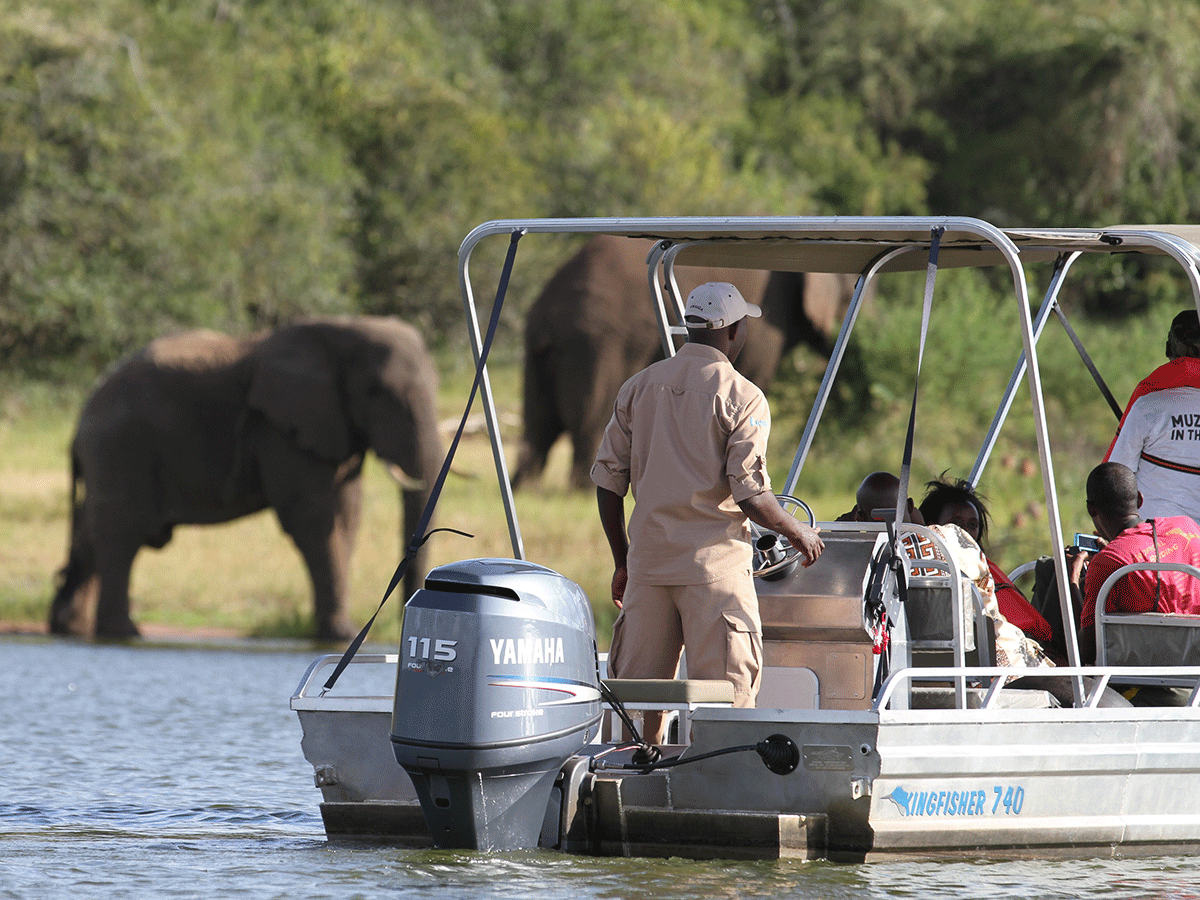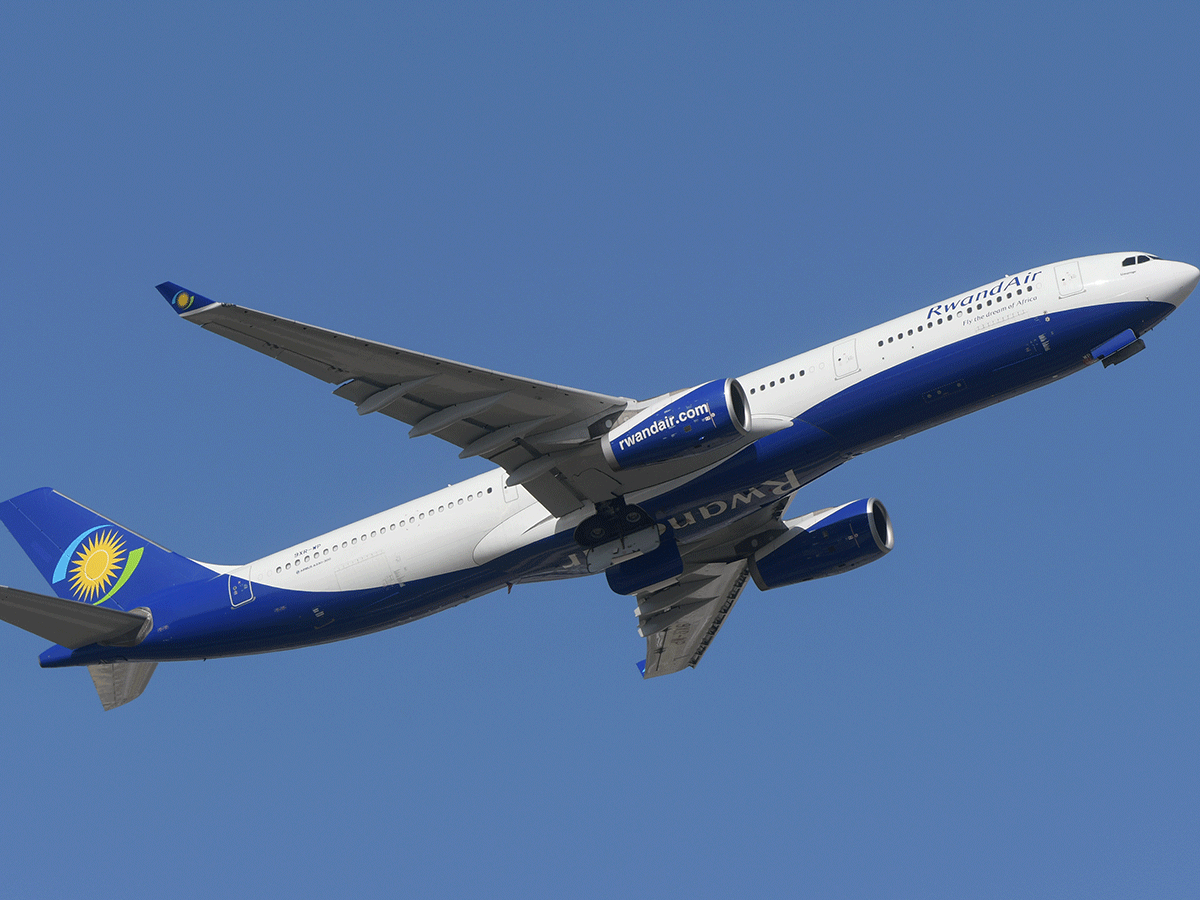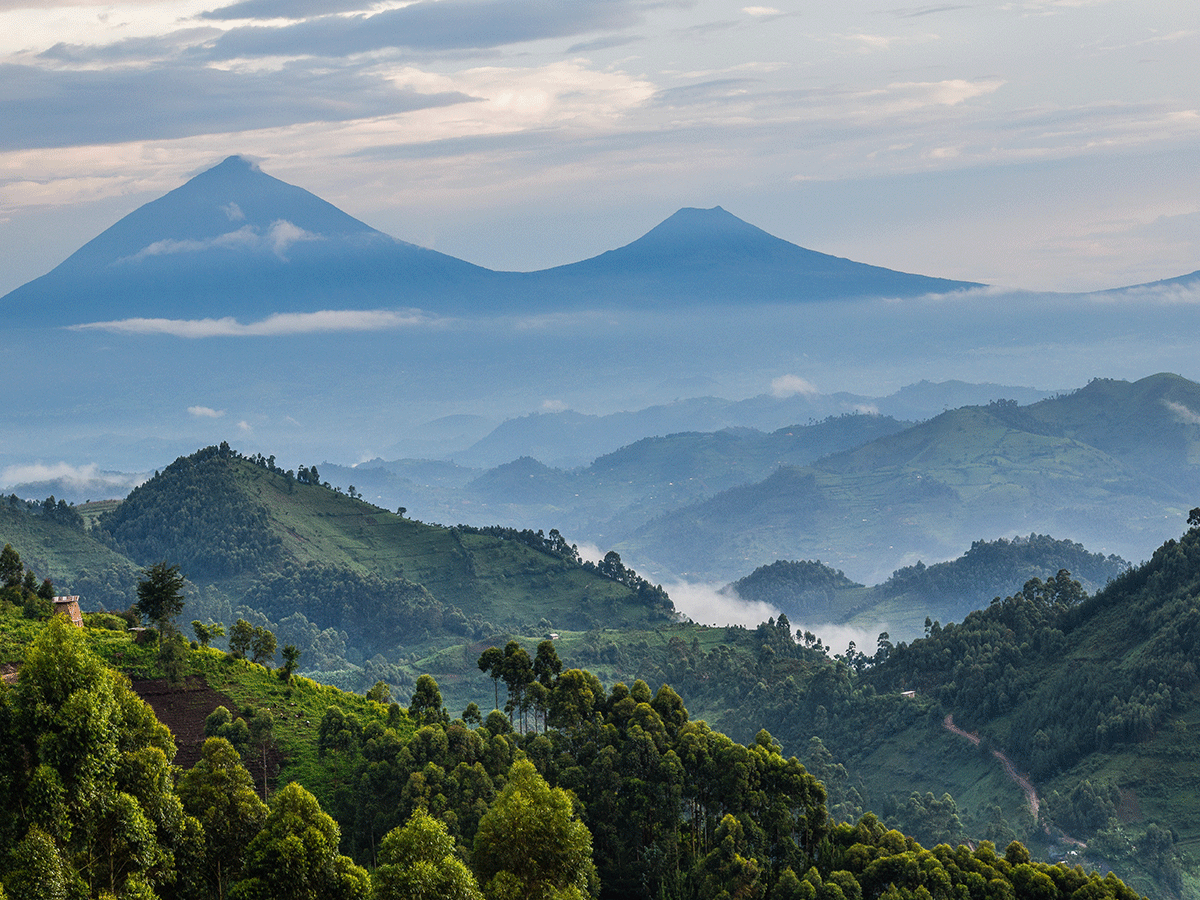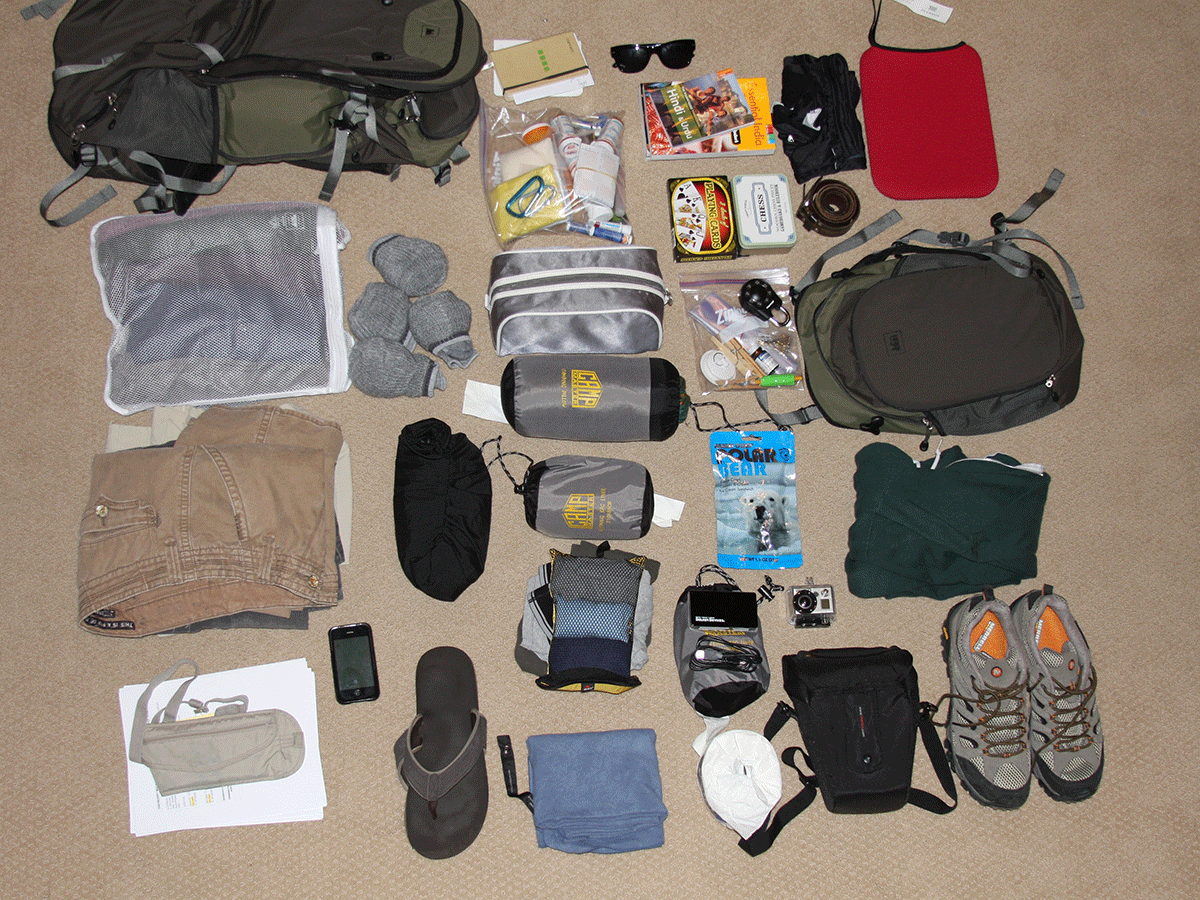Serengeti Wildebeest Migration Safari Tanzania
Serengeti Wildebeest Migration Safari Tanzania
The Mighty Serengeti plays a host to one of Africa’s greatest wildlife spectacles in the entire animal kingdom, the wildlife migration referred to as “The Great Wildebeest migration” is an annual movement of a large group of animals of about 2 million, the largest wildlife being the wildebeest some zebras and gazelle that move from Serengeti national park northwards to Masai Mara National Park and back to Serengeti. The park is well known for large concentration of big cats like lions, cheetah, and hyenas. This migration is one of the prime attractions of the park. Other animals in the park include elephants, leopards, buffalo, giraffes, and many antelopes. Serengeti national park is a fascinating place for wildlife viewing throughout the year.
What to expect during the Serengeti Wildebeest Migration
The great migration usually takes place in the area of about 40, 000 square kilometers pretty much defined by the dominant migration routes of the white-bearded wildebeest in what is regarded o as the Masai Mara and Serengeti ecosystem which is divided by the Mara River so being at the right time at the right place is all that it takes to witness the River crossing as the Wildebeest do not have defined crossing points, the crossing points change time to time depending on the obstacles faced as the wildebeest trek from southern Serengeti through the western corridor crossing Lakes and Rivers.
Wildlife during the annual Migration
Over 1.6 million wildebeest will lead the way as the rains approach in the Serengeti in late October or November and this is accompanied by 400,000 Thomson’s gazelle, 300,000 Zebra, and 12,000 Eland. These are the main migrators and they cross the ranges of over a quarter of a million other resident herbivores and, of course, carnivores. The lions, hyenas, leopards, cheetahs, and lesser predators will always follow the migration and this will be evidential as more numbers of predators are seen following the wildebeest migration at the beginning of the circle.
The wildebeest calving season
The Great wildebeest migration build-up to the annual wildebeest migration usually starts in January and February, when the wildebeest cows drop their young in the same time or rate that sees some 7000 to 8000 calves are born every day and within two to three weeks after eight and a half months after the rutting season.
The annual calving season is really action-packed in the Serengeti as it provides a feast for predators. A safari across the plains will see clients count literally hundreds of hyenas and dozens of lions scattered around the huge herds of the wildebeest.
Life of the wildebeest calves
A newborn wildebeest calves gain coordination faster than any other ungulates and are usually on their feet two to three minutes after birth. It can run with the herd at the age of five minutes and is able to outrun a lioness soon thereafter. Notwithstanding this, many do die within their first year, from predation (although research indicates only about one percent die this way), malnutrition, fatigue or disease causes more impact on the wildebeest calves.
The start of the wildebeest circle
Towards the end of the short dry season, around March, the short-grass plains of the southernmost Serengeti begin to dry out and the wildebeest begin their journey, heading towards the western woodlands heading towards Seronera area and the western corridor towards the Grumeti River. From the plains around Olduvai, the herds head west towards the trio of small lakes, Ndutu, Masek, and Lagarja. At this time their biggest need is usually to find water, and these more westerly areas can provide it. Still feeding and fattening on the nutritious short grass the herds scatter widely across the plains, shifting on a whim in response to factors beyond our knowledge. On any given day they’ll be spread out in tens and hundreds of thousands across the expansive plains west of Ndutu, the next they’ll be gone. By now the first downpours of the long rains will be falling, and the wildebeest will canter across the plains towards the distant thunderstorms, frequently returning a day or two later if the promise did not match the reality.
How do the Wildebeest know which way to go?
There are at least two possible answers, according to behaviorist and ecologist Harvey Croze, co-author of The Great Migration. The wildebeest’s journey is dictated primarily by their response to the weather; they follow the rains and the growth of new grass. And, although there is no scientific proof that this is true, it seems that they, and other animals, react to lightning and thunderstorms in the distance. ‘It would be surprising if even the wildebeest could overlook such prominent portents of change,’ writes Croze.
Wildebeest rutting season
This is the time of the annual rut, with half a million cows mated in less than a month as the herds consolidate in the woodlands and on the plains of the Serengeti’s Western Corridor. The peak of the rut seems heavily influenced by the state of the moon, with the full moon in May-June being a good bet for anyone seeking the most action.
Seemingly vicious fighting between dominant or territorial males takes place during the rut, though there is generally little actual violence or serious injury. And in spite of these energetic duels, the males have little say over their choice of mates, for it is the females who do the actual choosing.
The Actual Mara River crossing
Wildebeest arrive at the Mara River in their tens of thousands and gather waiting to cross. For days their numbers can be building up and anticipation grows but many times, for no apparent reason, they turn and wander away from the water’s edge. Eventually, the wildebeest will choose a crossing point, something that can vary from year to year and cannot be predicted with any accuracy. Usually, the chosen point will be a fairly placid stretch of water without too much predator-concealing vegetation on the far side, although occasionally they will choose seemingly suicidal places and drown in their hundreds.
Predators during the Serengeti wildebeest migration
While the wildebeest are drawn into migrating by the needs of their stomachs, the fact that they’re constantly on the move has the added benefit that they outmatch large numbers of predators. The predators are unable to follow the moving herds very far.
Some of the common predators during the Annual Wildebeest migration are Lions, Cheetah, Hyenas, Leopard, and jackals will follow along together with vultures.
Closing the Circle of the Wildebeest migration
By late October, when the first short rains are falling on the Serengeti’s short-grass plains, filling seasonal waterholes and bringing new flushes of growth, the wildebeest start heading south again. The herds trek down through the Eastern woodlands of the Serengeti, some 90 percent of the cows are heavy with the new season young ones. Tightly grouped as they pass through the wooded countryside the wildebeest scatter and spread out again once they reach the open plains and that marks the end of the circle. By January and February again the wildebeest start a new circle.
Where is the best place to see the wildebeest migration in Serengeti
The southeast and Ndutu from December through to May, the Western Corridor from May to July, the Serengeti Mara area from July through to October, and the northern Serengeti and Lobo area in October and November.
Best time to see the wildebeest migration in Serengeti
The best time to be in Serengeti largely depends on what you are looking for and we highly recommend February and Early march when the wildebeest calving is taking place where over 5000 wildebeest calves are born within 3 weeks in the heavy presence of predators and during July to October when the wildebeest Mara River crossing taking place, this is one of the dramatic wildlife scenes in Africa where the wildebeest cross in presence of big Nile crocodiles and sometimes heavy currents.
START PLANNING YOUR SAFARI NOW!
Talk to one of our African adventure experts and let them tailor-make your safari
Month to month guide to Wildebeest Migration in East Africa
The Serengeti wildebeest migration is an annual mass movement of ungulates between Serengeti and Masai mara and this is a continuous event that involves crossing the Mara River which is the greatest obstacle during the Migration and this is largely triggered by the need for water and green pasture and our guide will give you an insider of where the wildebeest are more likely to be during each month.
Wildebeest Migration event
Serengeti National Park, in northern Tanzania, is known for its massive annual migration of wildebeest and zebra. Seeking new pasture, the herds move north from their breeding grounds in the grassy southern plains. Many cross the marshy western corridor’s crocodile-infested Grumeti River. Others veer northeast to the Lobo Hills, home to black eagles. Black rhinos inhabit the granite outcrops of the Moru Kopjes. The park offers wide range of activities that travellers can experience while in the national park
Inspirational Journeys
The vast plains of the Serengeti comprise 1.5 million ha of savannah. The annual migration to permanent water holes of vast herds of herbivores (wildebeest, gazelles and zebras), followed by their predators, is one of the most impressive natural events in the world. Our guided safaris by expert guides will leave you with lifetime memories
Get inspired
Doing things for the first time in Africa is exciting and fun, but it can also be a bit scary especially when it comes to safaris – a situation that puts you in a new country surrounded by wild animals! That said, once you know you’re in good hands, the anxiety dissipates and you’re left with the freedom to make the most of your adventure.


